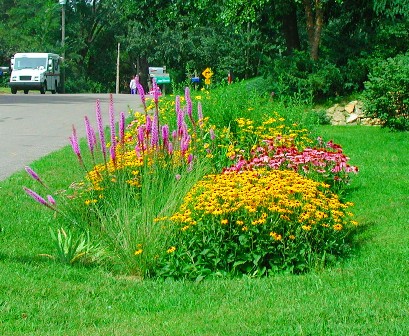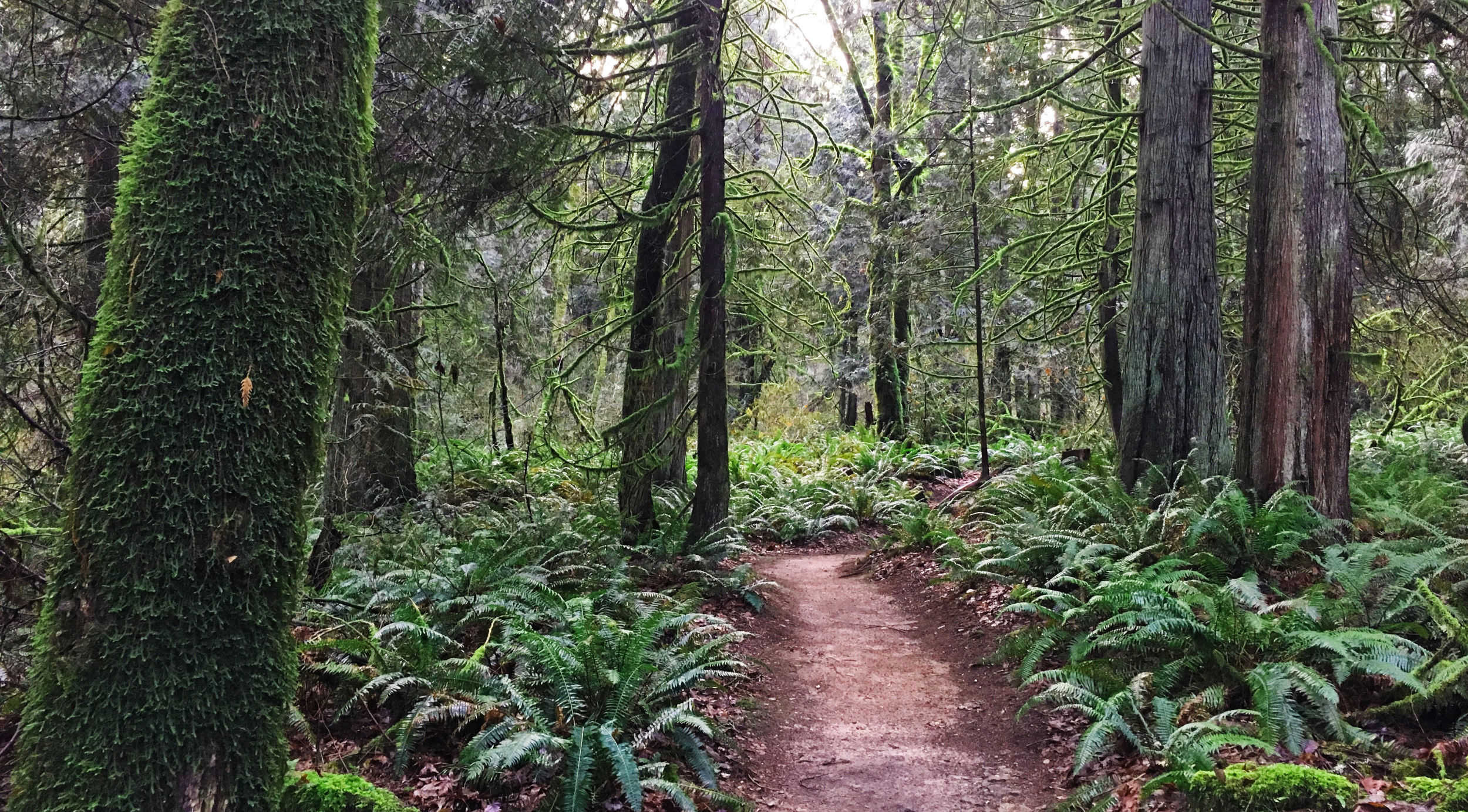
Drainage
The City works with local property owners to ensure all private stormwater systems are inspected and adequately maintained annually. These systems include stormwater ponds, catch basins, and pipes. This helps these systems function as they were designed. Proper maintenance prevents flooding, erosion, and water-quality degradation.
Understanding your stormwater system
What are stormwater systems?
A stormwater system is any part of an engineered drainage system that collects rainwater. Examples include detention ponds, underground vaults, swales, and catchbasins.
What do stormwater systems do?
These facilities protect your property from flooding. Additionally, in Sammamish, they drain directly into our lakes, rivers, and streams without treatment. Any pollutants in the water can cause problems for our community and make contact with the water a health risk.
Does my house have a stormwater system?
If your home was constructed after January 1, 2017, there is a good chance it includes low-impact development stormwater facilities. See the Green Infrastructure & Low Impact Development (LID) page for more information.
Maintaining your stormwater system
Maintenance will depend on the type of system and its surrounding conditions. Establishing a maintenance schedule is the best way to ensure your system is functioning properly.
Why is maintenance important?
Keeping contaminants out of your stormwater system may reduce the disposal costs for materials cleaned from your system. Prevent materials that are stored outside from leaking, draining, spilling, or being dumped into the stormwater system.
What maintenance do stormwater systems need?
Typical low-impact development technique maintenance requirements might include:
- inspecting the site for trash or debris and removing it
- removing weeds or moss in bioretention facilities
- checking for erosion within vegetated flow paths
- vacuuming or pressure washing permeable pavements
Stormwater system maintenance requirements
Sammamish’s maintenance requirements for stormwater systems are available in Appendix A of the 2016 King County Surface Water Design Manual. All homeowners purchasing a newly constructed home in Sammamish will receive a brochure.
Reducing stormwater runoff from your home
Stormwater runoff from your property can contribute to pollution and flooding downstream. Allowing water to soak in on your property is the best option to prevent flooding and protect our waterways.
Choose building materials that let water soak in
Sidewalks, decks, and driveways are often constructed of impervious materials that water cannot soak through. Consider replacing impervious surfaces around your home with permeable materials like mulch, turf block, pervious concrete, or clean stone. Permeable materials such as these allow water to soak into the ground instead of running off.
Reroute drainage to vegetated areas
Review how your property handles stormwater. Check whether your gutters, downspouts, driveways, or decks directly discharge into a body of water. If they do, retrofit them by redirecting the runoff onto grassy areas or installing berm or swale systems. Do make sure that you are not causing a problem for a neighbor or for your own home.
Other things you can do
- Plant a tree
- Improve your soil by adding compost and mulch
- Install a rain barrel or cistern to collect rainwater for yard and garden watering
- Shrink your lawn and replace it with native plants
